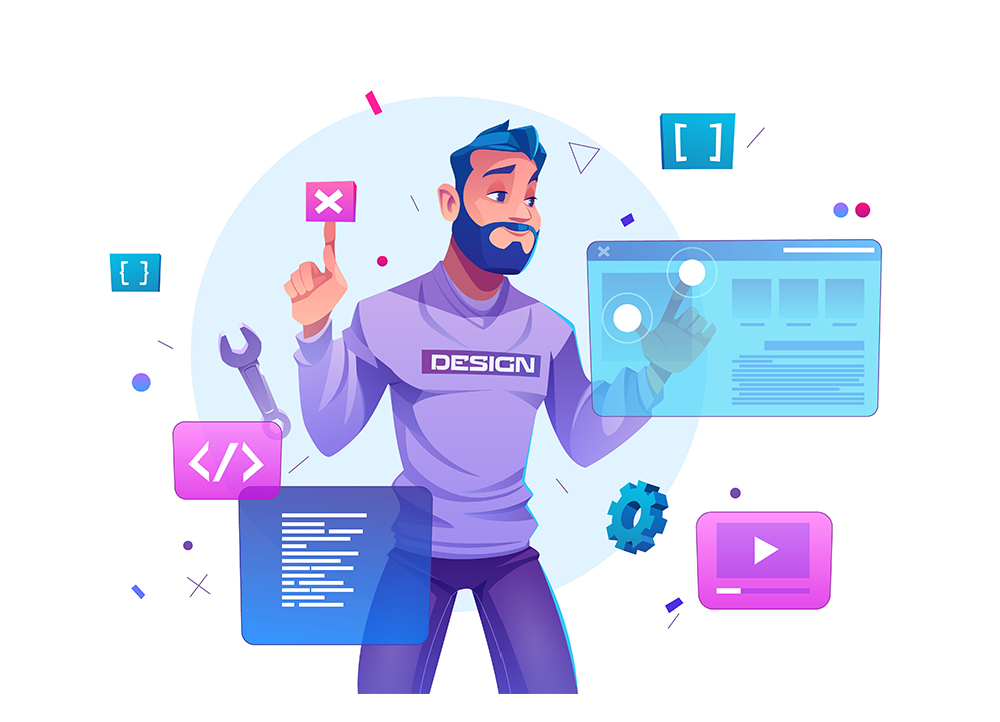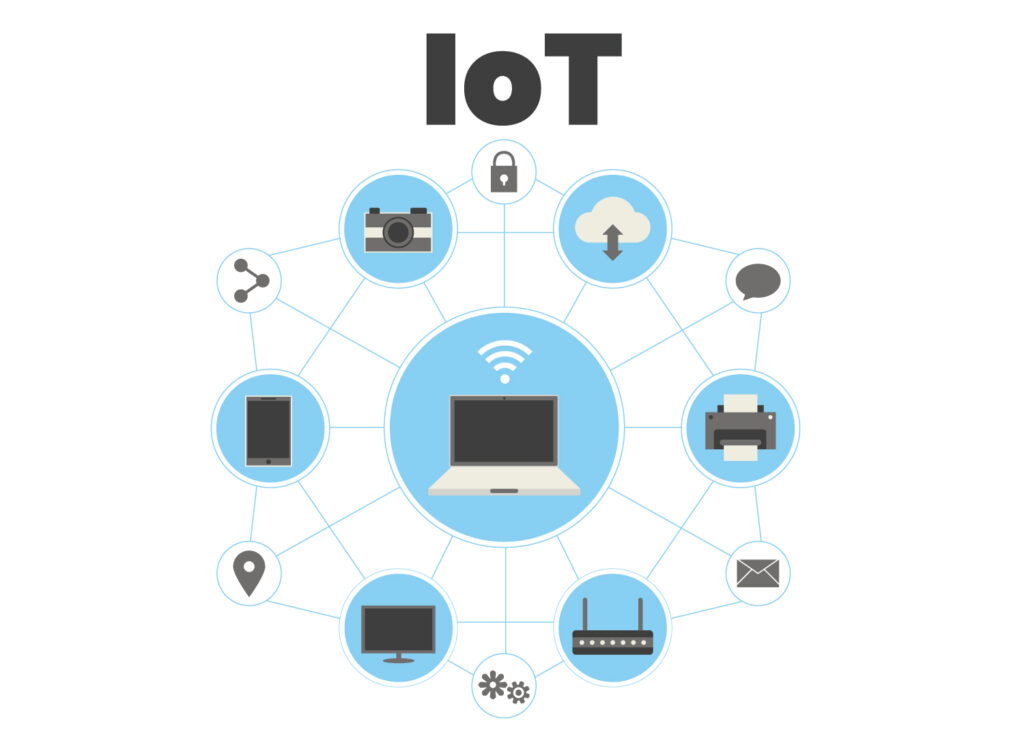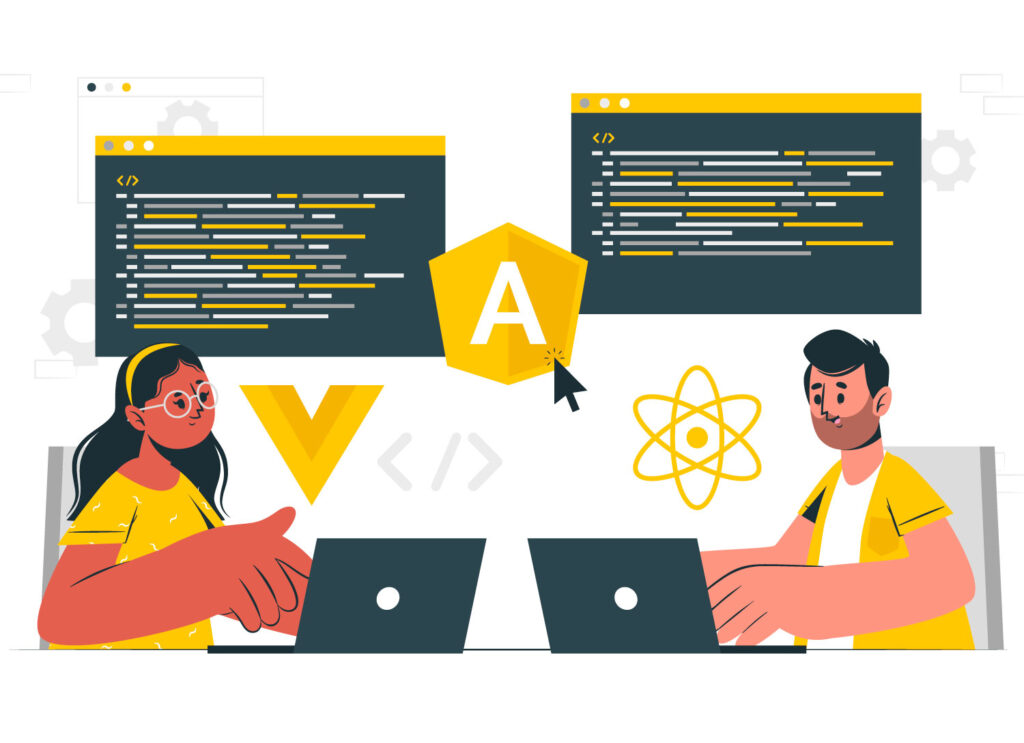7 Steps to Start Your Career as a Programmer — A Complete Guide for 2022

The world of computer science is booming with innovations, lucrative jobs, and demand for advancement as the world turns into a global village. The best part? No matter how saturated it gets, the field is open for supply. Well, for at least a few years, until AI takes over and starts using us as their slaves. But oh, that’s a topic for another day.
Planning to become a programmer? Where do I start? Can I even do it? Fascinated by how much money programmers make, and so you’d like to be one too? All those questions that you don’t know the answers to? No worries. We’ve got you covered.
Here’s a 7-step breakdown on how to start your career as a programmer and structure it to suit your other interests:
Step 1: You Need to Train Your Brain and Turn Into a Good Analytical Thinker
First, develop the path you want to take as a programmer. Although the world of programming is profound, there’s actually no limit to what you could turn into. Look at Elon Musk, the guy started off with Physics, got his feet wet with coding, and he’s now the richest person on Earth.
Back to the topic, every profitable sector needs a website, online presence, POS systems, CMS, and custom-tailored software products to minimize the drudgery it would otherwise take to manage registers, papers, and data.
With that being said, you don’t necessarily have to do your majors in Computer Science or Software Engineering to learn to code. Sure, it’s a great starting point and gets you set for what’s to come but today, you’ve got online courses, YouTube tutorials, and StackOverflow, and that’s all you need.
Coders should, ideally, have good numerical reasoning. If somebody is good at maths, they can probably tackle the stress it comes with being a programmer. You’ll be crunching numbers and analyzing complex scenarios, solving problems that a layman doesn’t even understand to begin with — 8 hours a day, 7 days a week!
Our advice? Start with a YouTube tutor and inhale everything they tell you. The world as you see it today — it’s going to change once you’re past this phase. Spend some time at this step until you start to see everything in binary.
Step 2: Choose Your Path: Front-End and Back-End Development
To narrow things down to basics, there are three types of coders: the front-end developer, the back-end developer, and the full-stack developer.
A front-end developer handles the user interface i.e the design of the website, how user-friendly the structure is, ensuring accessibility as well as the response time of the system. Basically, in layman’s terms, a front-end developer defines how an application, website, or software program, looks to the user.
A back-end developer operates behind the scenes. You don’t see a visual representation of it but he’s the one who puts data structures and algorithms in place, works on the functionality, improves efficiency, and makes sure the system is as secure as it gets.
So all the wizardry that goes behind the scenes when you press a button on your screen — that’s a back-end developer’s magic.A full-stack developer is a complete resource who usually manages both the front-end and back-end.
Although all programmers start off the same, knowing which type of programmer you want to become will help you narrow your focus down for the next step: learning a coding language.
There are around 700 different programming languages. Don’t worry, you don’t have to learn all of them. But you’ll want to touch base with these four:
HTML
Also known as HyperText Markup Language, HTML is the standard programming language used for most websites today. It provides ‘tags’ to structure content within a certain framework such as paragraphs, images, headlines, or bulleted points. It’s one of the easiest languages to start with.
CSS
Fully known as Cascading Style Sheets, CSS works to decorate HTML elements on the web page. It handles the choice of font, style, and spacing as well as adding columns, animations, and altering the layout. It is, primarily, used to customize the display of the web page for across different devices.
JavaScript
Considered to be the world’s most sought-after programming language, JavaScript directs the content on the web page to be more interactive. Angular, Vue, Nodejs, React, etc. are some of the most profitable JavaScript libraries in demand today.
Python
Defined as a general-purpose language, Python has recently enjoyed the front seat of popularity and it’s mainly because the language allows the automation of tasks as well as the analysis of data in addition to the rest of the wizardry. Python is not only the easiest to learn as a beginner with no tech skills, but it’s also the most profitable.
Step 3: Time to Understand Basic Programming Concepts
Here’s where it gets tricky — you’re going to have to start with the basics. And you’re going to need a course to help you through. Here’s some advice that nobody gave me: Be kind to yourself.
You’re not going to become a great programmer overnight. Like everything else in life, you’re going to build your skill up from the ground up and it will take time. You’ll fail. You’ll fail more than you ever have. You will get frustrated to the point that you’ll want to quit. But that’s all a part of your learning.
Learning becomes easier when you’re studying at a college, the traditional way. The crazy assignments and stress of failing? Not so much. That’s exactly why there are three things you can do to learn basic programming concepts:
Full-Time College Degree
A four-year undergrad degree in Computer Science, Software Engineering, or Information Technology is the standard way of learning all about programming. You learn everything in a very well-structured manner under a well-tested academic calendar. The four years change you and you learn new things every day.
Sure, university life gets harsh but it prepares you for what’s to come. If you can afford it, go for it.
Courses and Bootcamps
If you can’t deliver full-time to a college degree, there are CS courses and programming boot camps available. They cover the practical content in three months to a year and are relatively affordable. Most, if not all, also let you enjoy a flexible learning experience where you decide the time and the specified field of study.
MIT OpenCourseWare is the best course to learn to program. It’s offered by the #1 university in the world and it’s free! Many universities around the world offer CS as a course. Other short-term deals you could look into are Microverse, Flatiron Bootcamp, and Udemy.
Self-learning Platforms
If you enjoy an informal way of study or prefer learning independently, you can opt for tutorials on Youtube, read books on different programming languages, and start coding projects with an educated partner. Not only will you learn how to solve problems quickly, but you’ll also master discipline and hard work.
TheNewBoston on YouTube is currently the most-watched channel to learn programming. You could also check out Derek Banas for extensive knowledge of coding and curated playlists for easy learning. Along with self-study, don’t forget to try your hand at different coding projects for practical experience.
Step 4: Practice Daily to Get Perfect
It’s incredibly important to keep practicing the fundamentals of coding during your education and especially after. Even if you’re in the process of finding a job, getting approval from a potential client, or hunting freelance projects.
Code daily, build a personal website, develop a mobile application or simply design a tool. You could publish them for exposure, to test the responsiveness, or to get expert reviews on the application you built for improvement.
You don’t even have to spend the whole day. Just dedicate an hour or two out of your day to practice. You can even start online video courses where you can develop an application in real-time. Once you’re through the 30-day course, you’ll have your application ready — probably the best way to get your hands dirty.
Step 6: Build Your Portfolio
Once you’ve practiced enough, and completed some projects, you’ll have quite a few samples to show off your work. Even if you don’t have them, challenge yourself to design and develop a few custom applications. Flaunt them as your portfolio when it’s time for you to find a job!
Always remember, your CGPA doesn’t matter — your skill does. If you’ve somehow managed to get good grades and yet you lack the skills, nobody is going to hire you.
Most employers have a series of assessments and interviews scoped out. Not only will you have to pass them all but you’ll also have to convince the employer that you’re the one they need. You can only do that if you have the skill — if you have enough experience. If you’ve got what it takes.
Step 6: Be Resourceful and Get Your Name on the Map
Once you’re comfortable with your stack — tools, and technologies — you’re going to have to find the right way to put them to use. You’re going to have to find a job and actually go out there and face the music. It’s going to be tough, BUT since you’ve come this far, you’re going to love it.
Network With Coders
The easiest way to advance up the ladder as a developer is to start networking. Participate in different coding events, talk up to aspiring programmers and simply connect with the audience.
Don’t shy away from pitching your portfolio to a potential client. You could even follow up the next day to show your keen interest. Dress well, express your knowledge and interact with fellow software engineers.
Life as a coder can sometimes get lonely so having a few friends in the field can keep you on the straight path and make sure you’re both learning from each other.
Apply on Job Boards
You’ve learned the art, it’s time to sell the craft. Narrow down relevant jobs on Linkedin, and email your CV and portfolio to the hiring teams. You could even cold pitch a start-up to renovate its website, work on a program to streamline its services or build an interactive game for its audience.
Always make sure to personalize your elevator pitch according to the company’s needs. This way the employer understands you’re in their corner, ready to help and fulfill their demands.
No matter how much of an amateur you are, do not accept unpaid offers unless you’re desperate to build a published portfolio. If you do, it’s best to lay down some ground rules beforehand like how many revisions you’ll do, the time spent, and the kind of format you can create. This way nobody can take advantage of your expertise.
Start a Teaching Blog
Take it as a side hustle or a supplementary skill, blogging is a lucrative platform, and using it to teach programming or display your creativity as a coder can land you jobs. Because clients can see your work freely, it leads them toward you instead of the other way around.
Learn from the guru Better Programming and start writing on Medium or go the Erik Bernhardsson way and build a personal brand. You could even offer pre-recorded courses for easy answers like requirements for web hosting or programming reviews.
Look for Freelance Marketplaces
If you already have competing obligations to family, and other work, and simply no time to spare for networking, you’re still in luck. Build your profile on multiple freelance marketplaces like Toptal, Codeable, or Gun.io.
You could even filter your job preferences on popular freelance sites like Upwork, Fiverr, PeoplePerHour, and Indeed. There are a lot of job opportunities available online, all you have to do is search for them.
Step 7: Lastly, Always Stick to One Task At a Time and Take Care of Your Diet
A programmer makes a computer think. It requires immaculate, undivided attention and days of planning for a developer to put together a perfect application. It’s also an extremely straining job for a human’s brain.
So when you’re at it, make sure you’re not being too hard on yourself. Tackle one task at a time, don’t abuse your brain or overburden yourself unknowingly. And most importantly, take proper care of your diet. Steer clear of energy drinks and consume nuts, meat, eggs, bananas, and brain-health-improving foods regularly.
Frequently Asked Questions
How much do beginner programmers earn?
A beginner programmer working in the United States earns anywhere between $75,000 to $96,500. Depending on how good the skills are, how extensive their network is and how diverse the portfolio is, a programmer can enjoy a profitable career when starting without experience.
How many hours do coders work?
Typical to hustle culture, coders can log in around 40 hours every week which amounts to a standard 9:00 to 5:00, 8-hour job at the desk. When freelancing, the schedule can be personalized to fit their daily routine and the work outsourced to manage the deadlines in a streamlined manner.
What do coders do all day?
A coder or a programmer, basically, writes code to develop websites, software, and mobile applications. Once published, the programmer maintains the site by debugging and troubleshooting the system.
Ready to Dabble in the World of Programming?
Being a developer and a programmer is tough. It entails a lot of practice, competition, and hard work. But at the end of the day, it’s still considered to be one of the most profitable careers of our time and the hype continues to grow! So, do your research, find a mentor and start building your portfolio — the world of code awaits.



